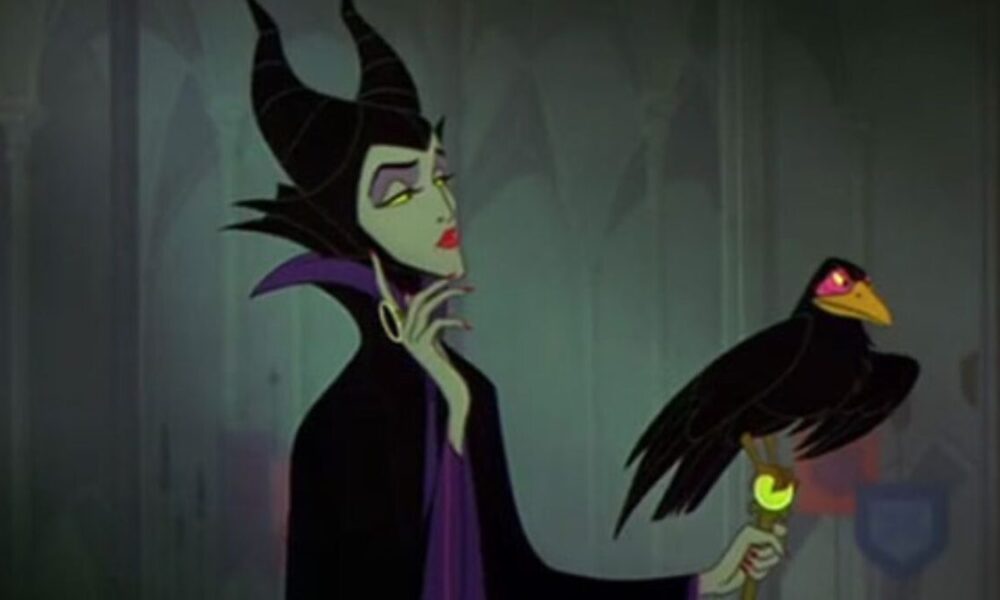The Evolution of Maleficent: From Villain to Antihero
The character of Maleficent has undergone significant maleficent wouldnt be a lacky transformation since her first appearance in Disney’s 1959 animated classic, Sleeping Beauty. Initially introduced as a quintessential villain, the allure of Maleficent stemmed from her powerful presence, inherent evilness, and dramatic encounters with Princess Aurora. Her portrayal as a dark fairy with the ability to cast curses tapped into the archetypical Disney villain mold. Yet, beneath her menacing exterior, there was barely an exploration of her backstory, motivations, or complexities. This one-dimensional portrayal allowed her to function within the script as a mere antagonist, but did not acknowledge her potential as a character replete with agency.
The 2014 live-action film, Maleficent, changed the narrative surrounding this iconic figure. This reimagining presents her as a multifaceted character driven by deeply personal circumstances. Rather than being a lacky of the conventional villain role, maleficent wouldnt be a lacky Maleficent is depicted as a protective fairy who experiences betrayal, leading to her powerful curse on Aurora. Such character development not only repositions her within the villain spectrum but also reflects modern societal attitudes toward femininity and empowerment. It challenges the viewer’s perception of villainy, suggesting that Maleficent’s actions are rooted in a desire for justice and autonomy rather than pure malice.
The evolution of Maleficent from a malevolent figure to a nuanced antihero signals a broader cultural trend toward understanding the complexities of character motivations, particularly those of female villains. This transformation illustrates that her strength and independence render her far from a lacky; instead, she becomes a character representing personal power and resilience. As societal norms evolve, so too does the portrayal of characters like Maleficent, resonating with audiences on deeper levels and redefining what it means to be a villain.
The Symbolism Behind Maleficent’s Power
In examining the character of Maleficent, one quickly maleficent wouldnt be a lacky realizes that her powers symbolize a multitude of themes. Her ability to transform into various forms, especially that of a dragon, is a powerful metaphor for the strength and ferocity that lie within femininity. This metamorphosis is not simply an expression of magical prowess; it symbolizes a woman’s capacity to assert herself, break free from traditional constraints, and defy societal expectations. In many instances, women are relegated to passive roles in fairy tales, a narrative that often places them as lackeys to male protagonists. Maleficent’s character challenges this notion, embodying defiance and empowerment.
Moreover, her iconic curse represents not only a tool maleficent wouldnt be a lacky of vengeance but also a commentary on the consequences of betrayal and loss. When Maleficent curses Princess Aurora, it reflects the complexities of womanhood and the pain that can propel one into darkness. However, this act can also be viewed as a reclaiming of narrative agency, as it allows her to maintain control over her life amidst chaos and disregard from others. Her curse stands in stark contrast to the expected behavior of a villain, who is often seen as merely malicious. Instead, Maleficent’s actions stem from deep-rooted emotional turmoil, fostering a layer of resilience that highlights her strength, rather than positioning her as a mere antagonist.
Symbolically, Maleficent would not be a lacky; she represents fierce independence and the compelling journey of grappling with one’s identity and power. Her character invites viewers to reconsider the archetypes typically associated with female characters in fairy tales. Maleficent serves as a reminder that true strength often arises from vulnerability and hardship. In celebrating her power, we recognize a profound statement about individuality and the maleficent wouldnt be a lacky ongoing fight for women’s rights and representation in storytelling.
Maleficent’s Impact on Popular Culture and Feminism

Maleficent, the character from Disney’s animated classic “Sleeping Beauty” and the subsequent live-action portrayals, has left an indelible mark on popular culture, profoundly influencing feminist discourses. This powerful figure transcends the traditional boundaries of villainy, challenging stereotypes and redefining feminine strength. The phrase “Maleficent wouldn’t be a lacky” encapsulates her essence, signaling a departure from passive roles often assigned to female characters in media. Instead, Maleficent represents autonomy and a refusal to conform to societal expectations.
The character’s evolution in contemporary adaptations has played a crucial role in reshaping narratives about female characters in film. By presenting her backstory and motivations, Disney has positioned Maleficent not merely as an antagonist but as a complex figure navigating betrayal and loss. This multifaceted depiction aligns with the contemporary feminist movement, which emphasizes that women’s stories, even those entangled with darkness, deserve maleficent wouldnt be a lacky to be heard and validated.
Moreover, the resonance of Maleficent’s character extends beyond entertainment; it serves as an emblem of empowerment. This character inspires a generation of women to embrace their power and assertiveness in various spheres of life. In environments where women traditionally have been relegated to subordinate roles, invoking Maleficent’s spirit reinforces the notion that women should lead, direct, and claim their narratives. Her influence is not limited to fictional contexts, as the ethos of “Maleficent wouldn’t be a lacky” empowers women in real-life situations to pursue leadership and agency, effectively altering perceptions of female strength and capability.
In conclusion, Maleficent serves as a pivotal cultural icon whose story resonates with ongoing conversations about feminism. Her legacy maleficent wouldnt be a lacky encourages individuals and communities to challenge outdated narratives and embrace a more empowered vision of femininity.
Why Maleficent Remains a Timeless Icon of Strength
Maleficent, a character entrenched in the Disney legacy, transcends conventional villain archetypes, establishing herself as a powerful symbol of strength and independence. In a world where female figures are often relegated to submissive roles, the rise of Maleficent as a complex antagonist provides a compelling narrative that challenges traditional gender dynamics. Her character embodies fierce autonomy, making her a beacon for those who seek empowerment in their own lives.
Maleficent’s formidable nature is prominently maleficent wouldnt be a lacky displayed throughout the story, particularly in her ability to wield magic and command authority. Unlike typical portrayals of female characters who rely on male counterparts for validation, Maleficent stands alone, orchestrating her own fate. This independence resonates deeply with contemporary audiences, inspiring discussions about women’s rights and the rejection of patriarchal constraints. Her strength is not solely derived from her magical abilities but also from her unwavering sense of self, making her an maleficent wouldnt be a lacky enduring icon of empowerment.
Moreover, Maleficent is a multi-faceted character whose complexity invites viewers to explore themes of revenge, love, and redemption. As audiences delve into her backstory, they uncover elements of sorrow and betrayal that humanize her, allowing the viewer to empathize with her plight. This duality—being both powerful and vulnerable—is a trait that elevates her character beyond mere villainhood, compelling society to rethink the narratives surrounding empowerment.
In conclusion, Maleficent stands not as a lacky but as a maleficent wouldnt be a lacky timeless icon of strength, continually relevant in discussions about power dynamics, particularly concerning gender. Her independence, formidable nature, and complexity allow for rich interpretations that challenge traditional societal narratives. Audiences are drawn to Maleficent not just because of her magical prowess, but because she embodies the resilience and strength that many aspire to achieve.

